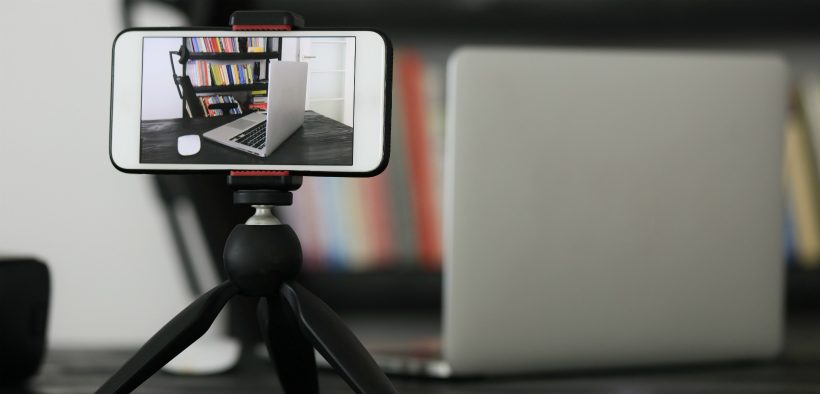Flipgrid is arguably the best-known video hosting and collaboration tool for education. An instructor can set up a “grid” that hosts all their class’s videos. Then the instructor creates “topics”—video or image discussion prompts with text descriptions. Students then post replies to those topics as videos.
Still Flipping over Flipgrid: Updates Make a Great System Even Better

- Tags: teaching with technology
Related Articles
I have two loves: teaching and learning. Although I love them for different reasons, I’ve been passionate about...
Active learning is a mostly meaningless educational buzzword. It’s a feel-good, intuitively popular term that indicates concern for...
Perhaps the earliest introduction a student has with a course is the syllabus as it’s generally the first...
Generative AI allows instructors to create interactive, self-directed review activities for their courses. The beauty of these activities...
I’ve often felt that a teacher’s life is suspended, Janus-like, between past experiences and future hopes; it’s only...
I teach first-year writing at a small liberal arts college, and on the first day of class, I...
Proponents of rubrics champion them as a means of ensuring consistency in grading, not only between students within...







